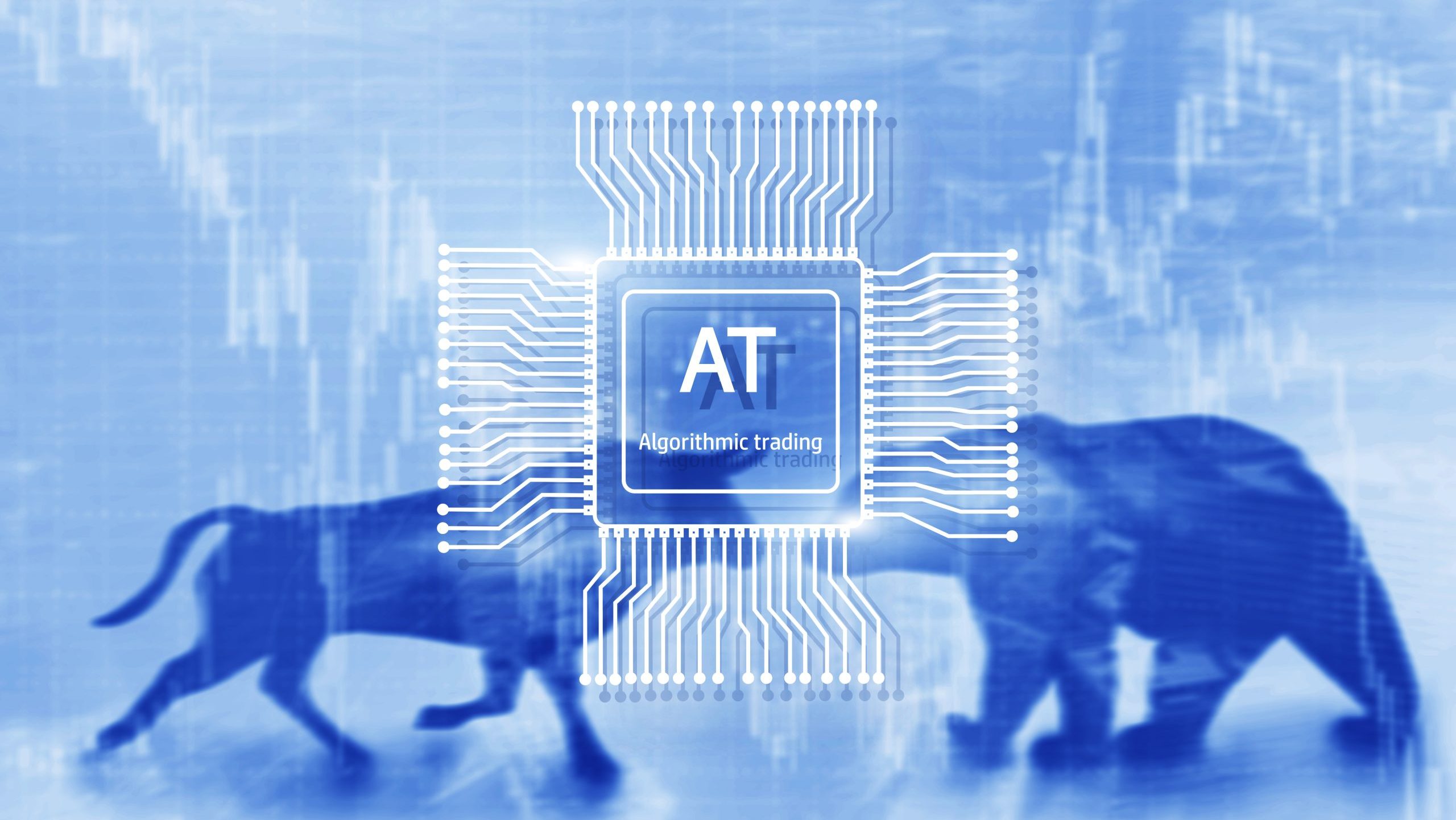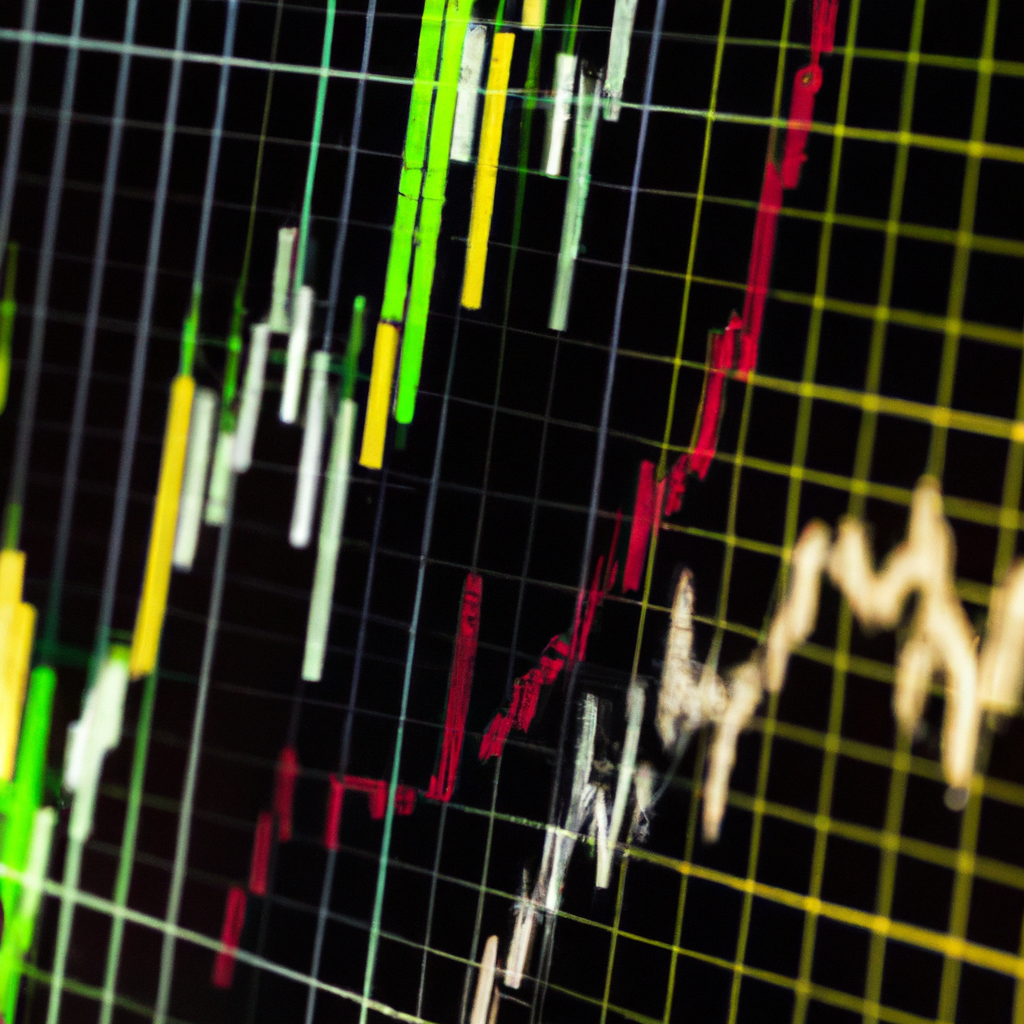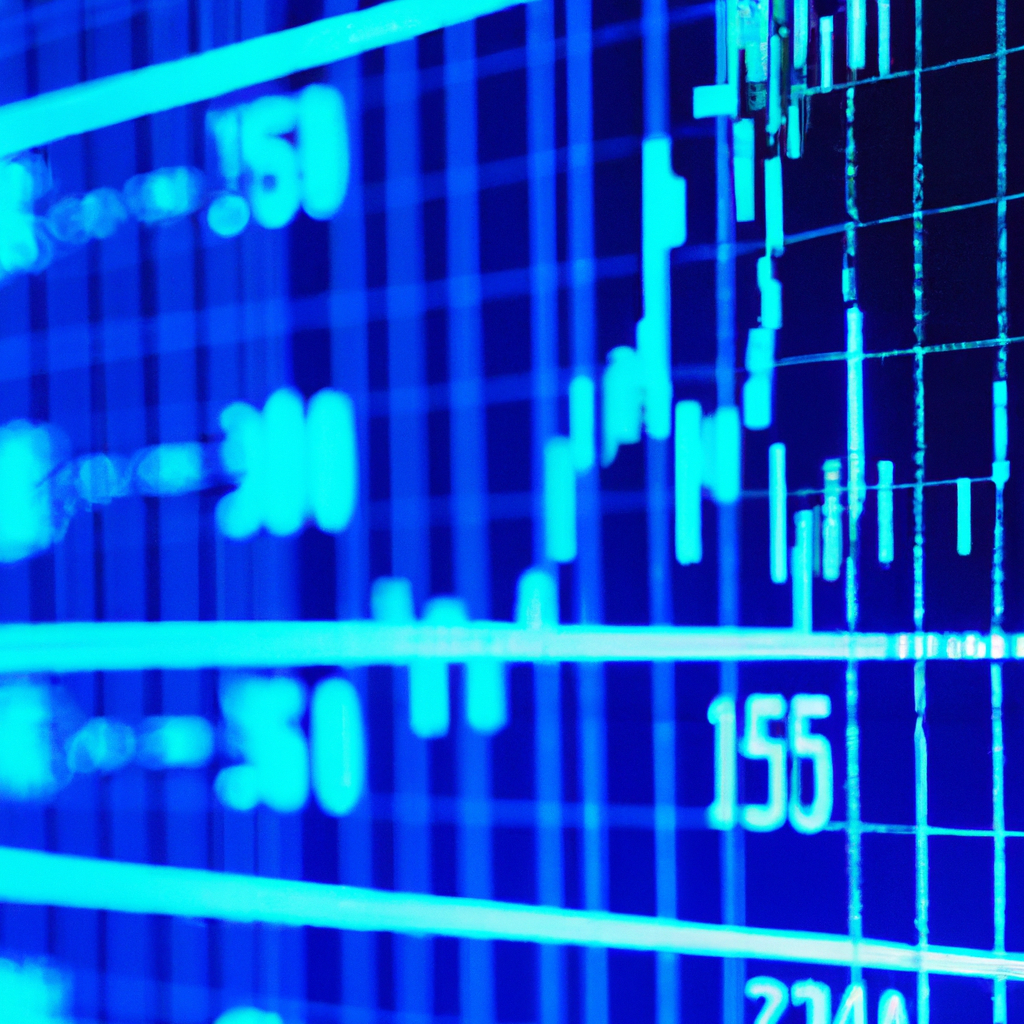
You’re exploring the fast-paced world of algorithmic trading, a method that utilizes intricate mathematical models and formulas to follow market trends. In this enlightening journey, you’ll discover both the benefits and the drawbacks of this modern trading technique. From the precision of high-speed transactions to potential risks like over-optimization, each facet of algorithmic trading will be illuminated to provide a comprehensive understanding. You’ll identify whether this digital approach to trading aligns with your financial goals and risk tolerance.
Understanding Algorithmic Trading
Algorithmic trading, also known as algo trading or black-box trading, is a method of executing orders using automated pre-programmed trading instructions accounting for variables such as time, price, and volume. This type of trading utilizes complex formulas, combined with mathematical models and human supervision, to make decisions at a speed and frequency that a human trader cannot achieve.
Definition of Algorithmic Trading
In essence, algorithmic trading involves the use of computer programs to buy and sell stocks and other forms of securities at a substantially faster speed than a human trader. Trades are automatically placed once all the set conditions of an algorithm are met, including the price, timing, and quantity of the stock.
How does Algorithmic Trading Work
Algorithmic trading works by setting specific rules for trade entries and exits, which, once programmed, can be automatically executed via a computer. The trade entry and exit rules can be based on simple conditions like moving average crossovers, or complex strategies requiring a comprehensive understanding of the programming language specific to the user’s trading platform or the expertise of a qualified programmer.
The Key Elements of Algorithmic Trading
The key elements of algorithmic trading are strategy, backtesting, execution, and risk management. Strategy includes identifying profitable opportunities and creating the rules necessary to execute these trades. Backtesting involves applying trading and risk management rules to historical data to verify the viability of the trading strategy. Execution is all about minimizing the cost and the market impact while trading. Risk management involves identifying, measuring, and controlling the perceived risk levels.
The Evolution of Algorithmic Trading
History of Algorithmic Trading
The history of algorithmic trading dates back to the 1970s when the New York Stock Exchange introduced the “designated order turnaround” system for routing orders from traders to specialists on the exchange floor. As technology advanced, so too did the complexity and effectiveness of trading algorithms.
Increasing Prevalence in Financial Markets
Today, algorithmic trading is becoming a dominant factor in global financial markets. Its prevalence can be attributed to technological advances, less expensive and more powerful computers, and the development of electronic trading platforms.
The Role of Technology in its Evolution
Technology has played a crucial role in the evolution of algorithmic trading. The power of modern computers has allowed for complex calculations on large datasets. Simultaneously, the proliferation of the internet has made real-time exchange of financial data possible, leading to greater transparency and efficiency.
Advantages of Algorithmic Trading
Improvement in Order Execution
By using algorithmic trading, orders are processed instantly and at the exact moment the trade criteria are met. This leads to higher order execution accuracy and speed, which can save significant financial costs in the long run.
Reduced Transaction Costs
Algorithmic trading eliminates the need for human traders, and therefore reduces labor costs. Additionally, with the rapid execution of trades, traders can take advantage of very small price differences, reducing transaction costs.
Elimination of Emotional and Human Errors
Algorithmic trading eliminates the likelihood of human errors due to emotional and psychological factors. Since trades are automatically performed based on pre-set criteria, emotional bias or errors of judgement are significantly reduced.
Increased Market Liquidity
When trades are executed more rapidly, this increases market liquidity. More participants with faster execution can contribute to a more efficient and liquid market.
Ability to Backtest Strategies
In algorithmic trading, algorithms can be tested on historical market data to ensure their efficiency before any real money is risked.
Disadvantages of Algorithmic Trading
System Failure Risks
As with any tech-dependent activity, algorithmic trading is prone to risks of system failure. If the internet connection is lost, orders might not be sent to the market. There could also be discrepancies between ‘theoretical trades’ and ‘actual trades’.
Dependence on Technology
Algorithmic trading relies heavily on the robustness of the system infrastructure. Any malfunctioning in server, algorithm coding, or trading platform can lead to significant losses.
Lack of Transparency
As advanced as algorithmic trading technology is, it can create a lack of transparency. This is because the decision-making process can be very difficult to understand, especially when complex trading algorithms are involved.
Market Manipulation Risks
Algorithms are also susceptible to manipulation. For instance, a practice known as ‘quote stuffing’, in which large numbers of rapid-fire orders are placed to confuse other traders, can impact the market negatively.
Challenges of Backtesting
While being an advantage, backtesting also presents challenges. The main one is that past performance might not be a reliable indicator of future performance. It’s also challenging to account for realistic transaction costs and other factors when backtesting.
The Role of High-Frequency Algorithmic Trading
What is High-Frequency Algorithmic Trading
High-frequency algorithmic trading is a subset of algorithmic trading that involves the execution of a large number of orders at extremely fast speeds. It often involves complex algorithms that interpret and respond to market data in real-time.
Pros and Cons of High-Frequency Algorithmic Trading
The biggest advantage of high-frequency trading is the ability to execute orders within fractions of a second, which can lead to significant improvements in trading performance. However, it also has its shortcomings, such as taking liquidity away from the market and causing flash crashes due to extreme volatility.
Regulatory Concerns
One of the key regulatory concerns about high-frequency trading is its potential to create instability in the financial markets. Regulators are also concerned about the transparency of these activities and the possibility of market abuse.
Algorithmic Trading Strategies
Use of Statistical Models
Statistical models are essential components of algorithmic trading strategies. They are used to analyze past data to predict future market trends, providing the trader with a competitive advantage.
Market-Making Strategies
Market-making strategies aim to provide liquidity to markets by executing buy and sell orders for financial instruments, thus earning a spread.
Arbitrage Strategies
Arbitrage strategies involve simultaneously buying and selling an asset in different markets to take advantage of price differences. Since these arbitrage opportunities exist for only a short duration, algorithmic trading systems are well suited to execute such trades.
Trend Following Strategies
Trend following strategies aim to leverage market scenarios profitably. They involve trading on the markets that show a clear trend in their movements.
Index Fund Rebalancing
Index Fund Rebalancing involves buying and selling large amounts of securities to reflect the changes in the composition of an index. Algorithmic trading plays a significant role in executing these trades at the precise moment necessary.
Impact of Algorithmic Trading on Financial Markets
How Algorithmic Trading Influences Market Efficiency
Algorithmic trading promotes better market efficiency by reducing market manipulation and deception. It does this by facilitating more efficient processing of information, faster execution of orders, and providing enhanced transparency.
Algorithmic Trading and Market Volatility
The high-speed trading nature of algorithmic trading can inadvertently increase market volatility. This can happen when a confluence of algorithmic trades occurs, creating sizeable price swings.
Impact on Market Liquidity
While algorithmic trading can inherently increase market liquidity due to the high volume of trades, it can also lead to situations where liquidity disappears, resulting in significant price swings.
Regulation of Algorithmic Trading
Role of Regulatory Bodies
Regulatory bodies play an essential role in shaping the environment in which algorithmic trading takes place. They aim to ensure fairness, maintain market integrity, and protect investors from market abuses.
Existing Regulations
Existing regulations for algorithmic trading cover various areas such as defining what constitutes algorithmic trading, enforcing a minimum resting time for orders, and requiring firms to have systems and risk controls.
Future of Regulation in Algorithmic Trading
The future of algorithmic trading regulation lies in its ability to keep up with the rapid evolution of market technology, including AI and machine learning.
Challenges in Regulating Algorithmic Trading
The challenges for regulators include catching up with the rapid pace of technological change, understanding complex trading algorithms and strategies, and addressing issues such as high-frequency trading and flash crashes.
Algorithmic Trading in Cryptocurrency Markets
Growing Prevalence of Algorithmic Trading in Cryptocurrency
Just as in traditional financial markets, algorithmic trading is increasingly being used in cryptocurrency markets. This has been enabled by the emergence of new platforms that support algorithmic trading of digital assets.
Unique Challenges and Benefits in Cryptocurrency Markets
While the basic principles of algorithmic trading apply to cryptocurrency as well, these markets have unique characteristics. Cryptocurrency markets operate 24/7, thereby offering more opportunities for algorithmic trading. However, they are also more volatile and less regulated than traditional markets.
Comparison with Traditional Financial Markets
Compared to traditional financial markets, cryptocurrency markets are relatively less developed and have significantly lower liquidity. Moreover, they exhibit higher levels of volatility and face regulatory uncertainties.
Future of Algorithmic Trading
Advent of Artificial Intelligence in Trading
With the advent of artificial intelligence (AI), the future of algorithmic trading seems brighter than ever. AI can analyze vast amounts of data more quickly and accurately than humans, making it potentially useful in the development of trading algorithms.
Potential Advancements Due to Technology
Algorithmic trading is poised to be revolutionized by further advancements in computing power, including quantum computing, which could allow the analysis of even larger datasets.
Future Risks and Challenges
Some potential future risks and challenges include increased market volatility, potential for market manipulation, system outages, and cybersecurity threats.
Sustainable Algorithmic Trading
Sustainable algorithmic trading involves incorporating sustainability factors into trading algorithms. This is gaining in popularity, reflecting the increasing interest in responsible investing. Algorithmic trading strategies can be designed to give more weight to assets or companies that score highly on sustainability factors.





